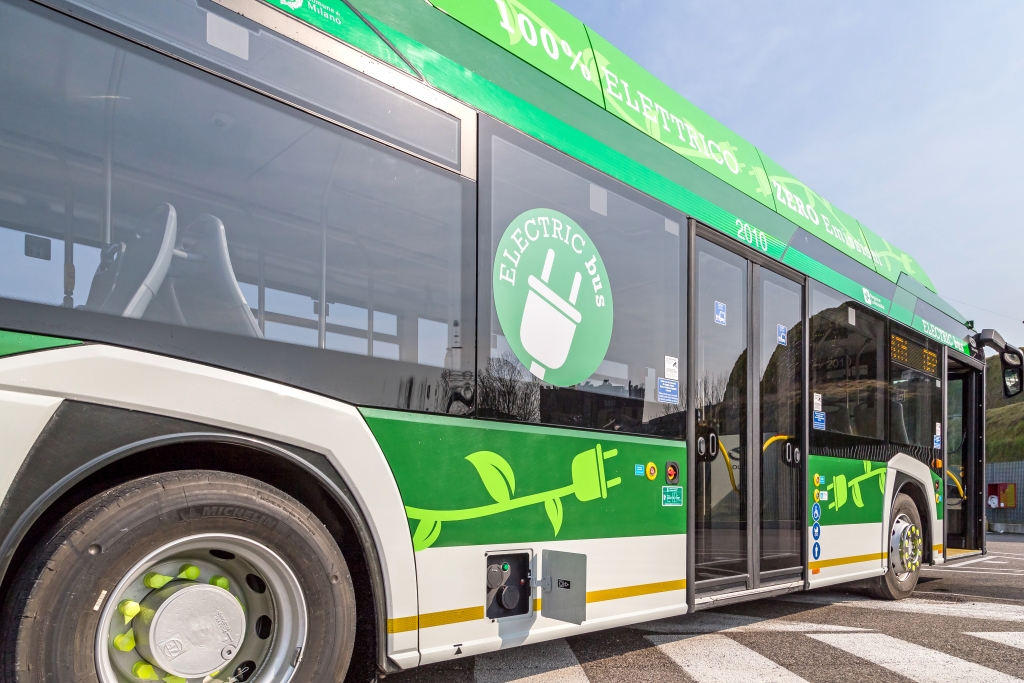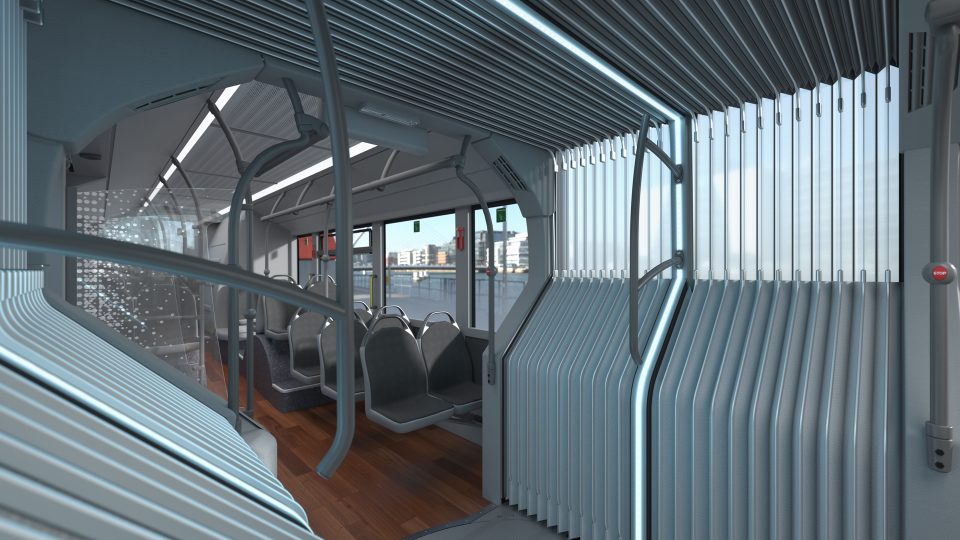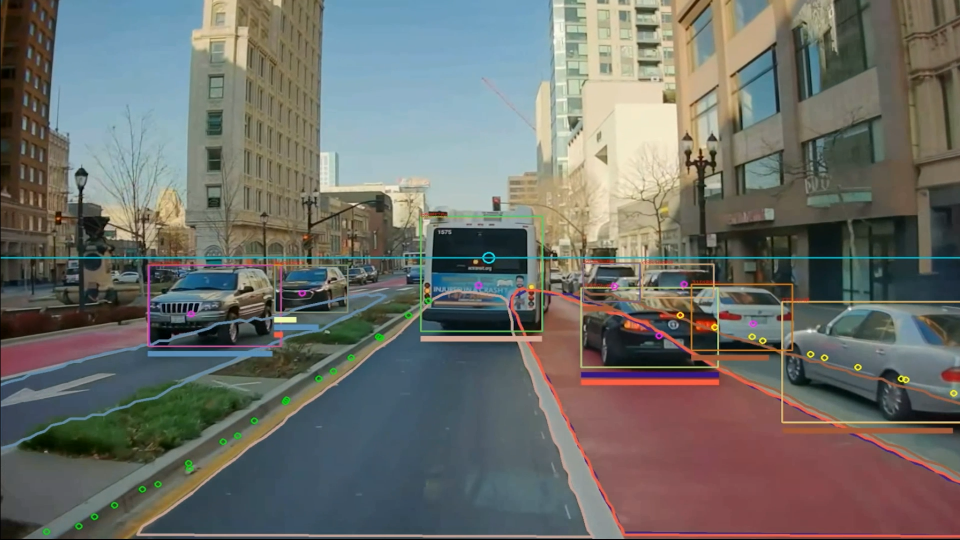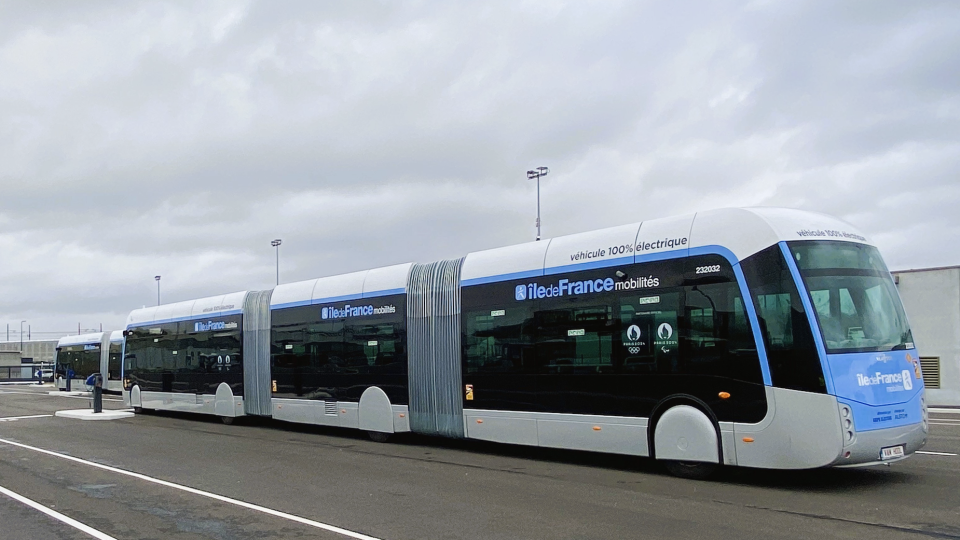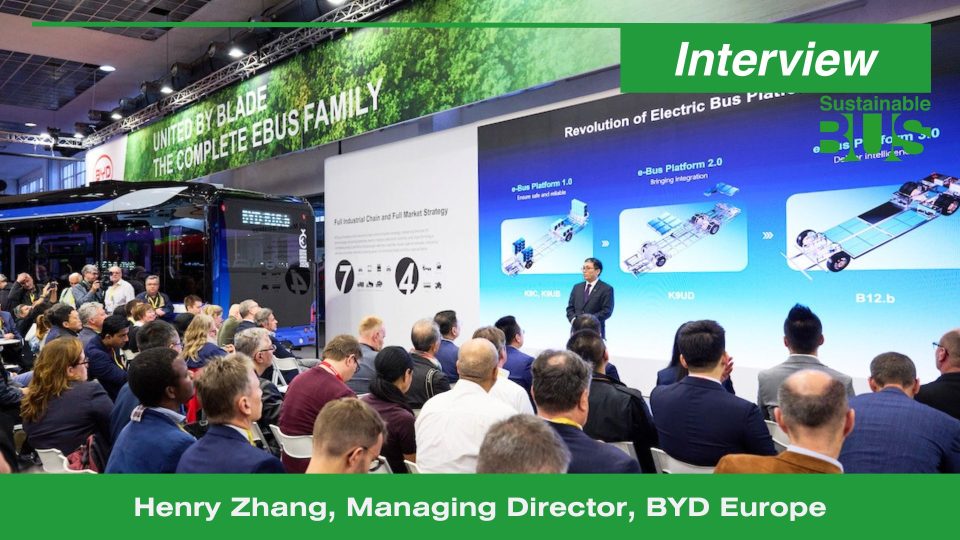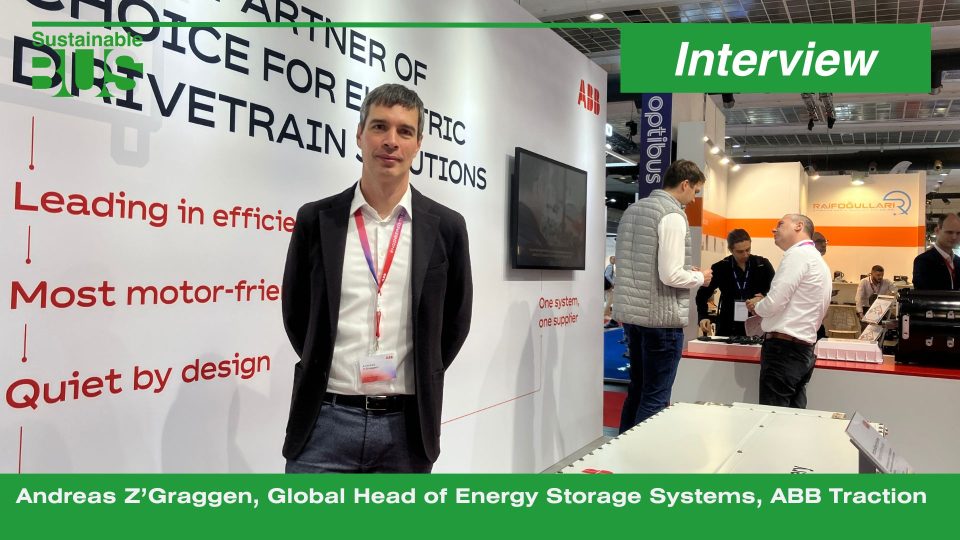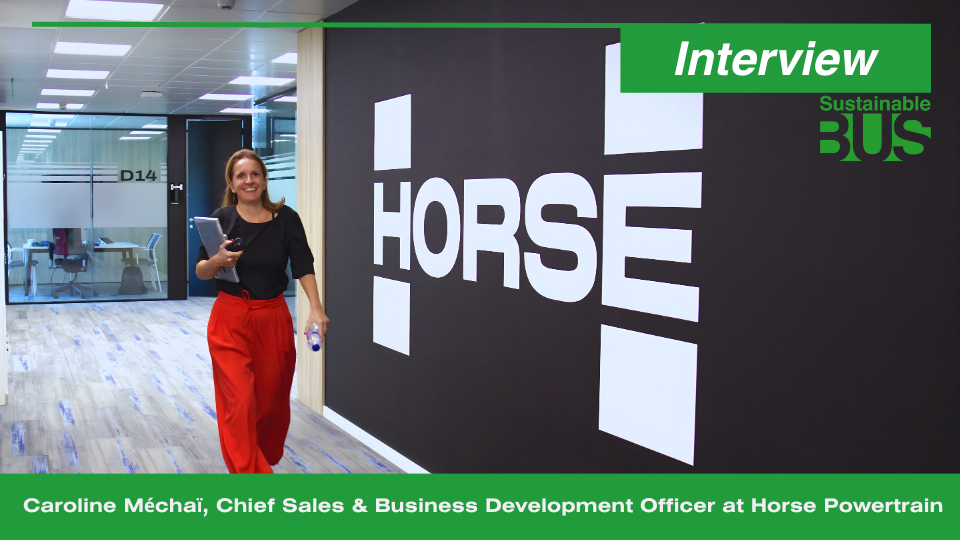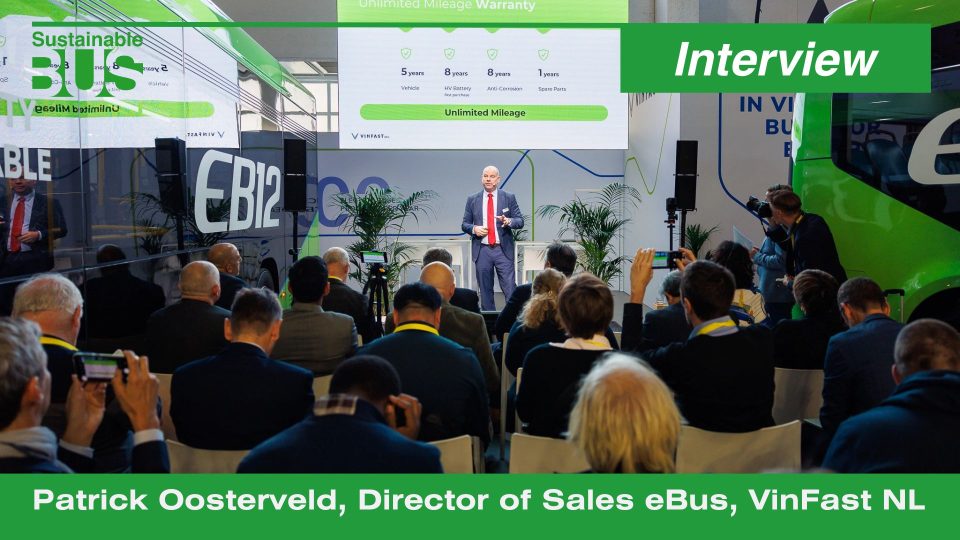ATM Milano: electric buses are the present
ATM, Milan’s municipal public transport company, has launched last year the most ambitious Italian project to date aimed to the electrification of bus fleet. ATM plans to convert the whole fleet (1,200 buses) to zero emission electric drives by 2030. Now, 25 electric buses by Solaris are running in the city. A 250 electric bus […]
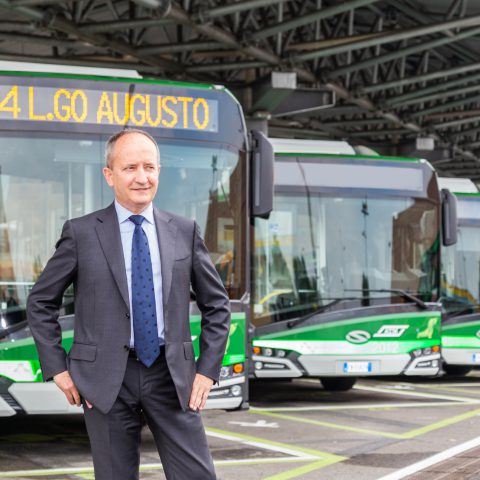
ATM, Milan’s municipal public transport company, has launched last year the most ambitious Italian project to date aimed to the electrification of bus fleet. ATM plans to convert the whole fleet (1,200 buses) to zero emission electric drives by 2030. Now, 25 electric buses by Solaris are running in the city. A 250 electric bus tender is underway. From 2020 on, ATM will buy only and exclusively electric vehicles.
Moreover, all ATM’s depots will be converted and new structures will be built. Important goals like these require a solid strategic program.
Following, an interview realized by Italian magazine AUTOBUS with Alberto Zorzan, Operations Director of ATM.
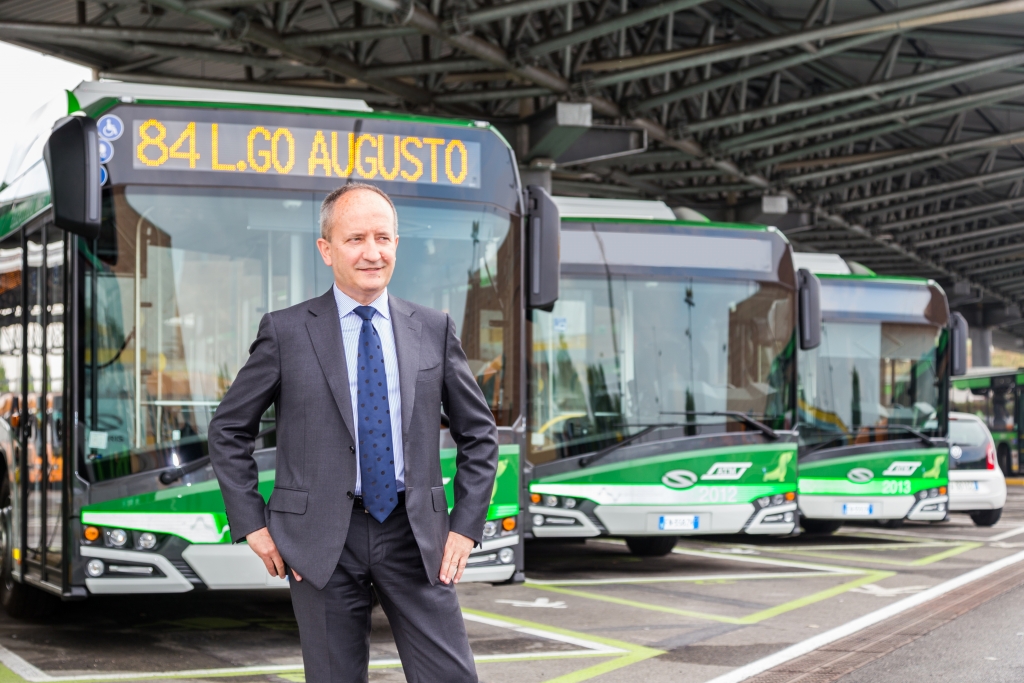
Mr Zorzan, do you think that the transition to electric drives, especially in urban areas, is a unavoidable step?
“Certainly this is not a dogma that can be applied to all conditions and to all mobility services. It depends on the starting point. I think that in a city like Milan, which in recent years has seen considerable increases in residents and visitors, it is important to reduce, as soon as possible, the circulation of pollutants. So, I’d answer ‘Yes’ to your question: in Milan it is an unavoidable step”.
Do you think that the features of the buses outlined in the specifications of the next tenders of ATM Milano will remain the same in 5 years?
“ATM writes tender on the basis of performance specifications. What we are asking to the market today, we will also ask in the future. In the future, efficiency will improve and in particular energy density, i.e. the amount of energy that can be stored on board per unit of weight. Today we have a ratio of one to ten: it means that one kWh weights 10 kilos“.
According to some, the electric bus is still at its dawn since two big names in the field (Mercedes and MAN) have only recently presented their electric buses and their deliveries are not expected before next year. How do you answer to the detractors of full electric buses?
«There is no doubt that from a point of view of improving the technical characteristics of the vehicles we are facing a moment of growth. The acceleration of this growth does not depend on the manufacturers but on the needs and the decision of transport operator to develop the fleet transformation programs. Milan is doing its part in this phase»
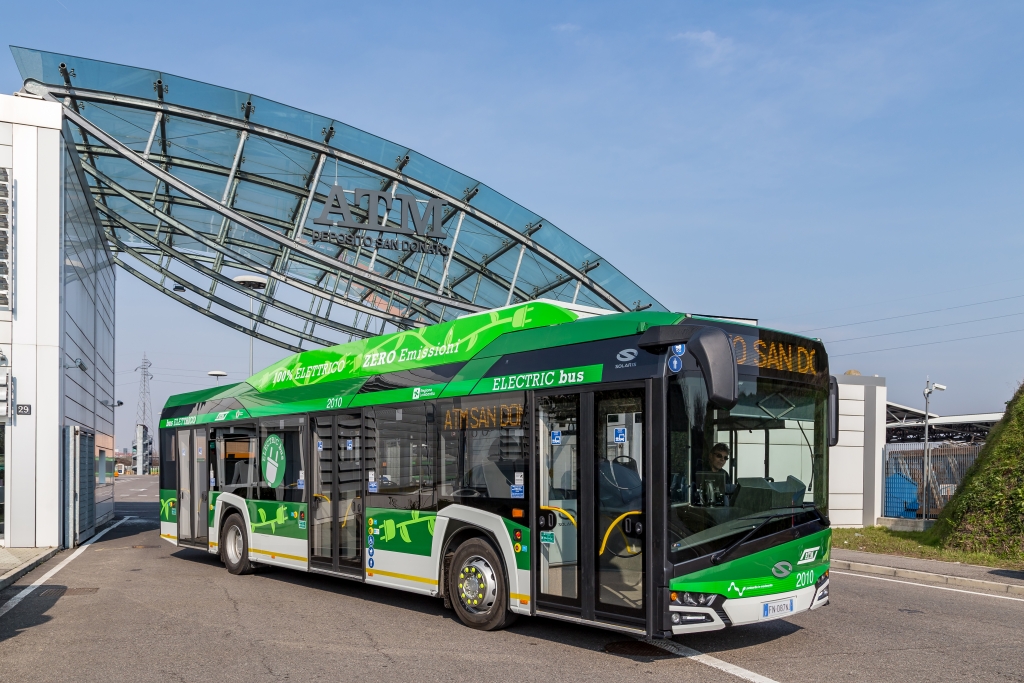
Do you think a framework agreement in a field where technological improvements are so fast could make sense?
«It depends on how the framework agreement is written. If the framework agreement provides for the possibility of a way-out when certain facts are determined or when technology makes big leaps, the answer to your question is obviously “yes”. Our framework agreement has precisely this architecture because it was designed in order to offer the possibility of not being bound to a supplier when industrial conditions change abruptly»
According to different studies, the TCO of electric buses will be equal that of diesel buses from 2023 – 2025. ATM has decided to start in advance with the electrification of the fleet. In this way, isn’t there the risk of investing in electric buses resources that could be better used to renew the fleet with more units of Euro VI diesel, able to significantly reduce emissions compared to older vehicles?
«We have a very strict industrial plan with tight deadlines. The demand will industrialise production processes, the technology will improve and prices will fall. Our plan, however, also includes the purchase of 250 hybrid buses in the short term period, which will then be the last to be replaced by full electric buses. ATM estimates to change about 100 vehicles per year»
